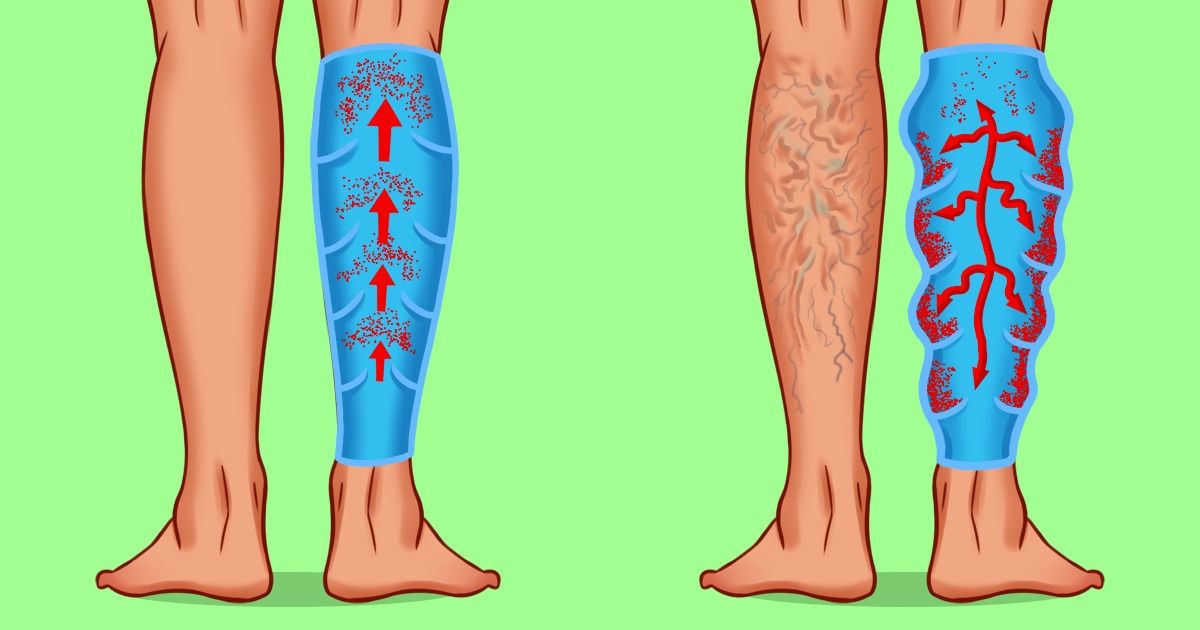
How to Get Rid of Varicose Veins: 8 Ways
Varicose veins appear when the small valves inside your veins stop working properly and your blood flows backward and collects in your legs instead of flowing smoothly to your heart. In this case, the veins become dark blue or purple and bulge out from underneath your skin.
5-Minute Crafts would like to tell you about some treatments that may help you reduce the appearance and pain of varicose veins.
Warning: Talk to your doctor before trying any of the methods mentioned below.
1. Exercise regularly.
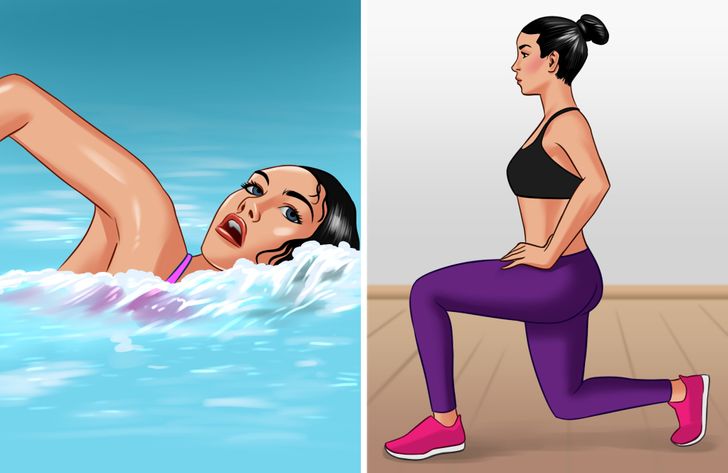
What to do:
- Try swimming, walking, cycling, doing lunges, doing leg lifts, and rocking your feet from heel to toe.
Why it works:
- Regular exercises improve blood circulation in your legs by pushing the blood that has collected in your veins up to your heart.
- They also help you to maintain healthy blood pressure and strengthen your bones and muscles.
2. Change your diet.
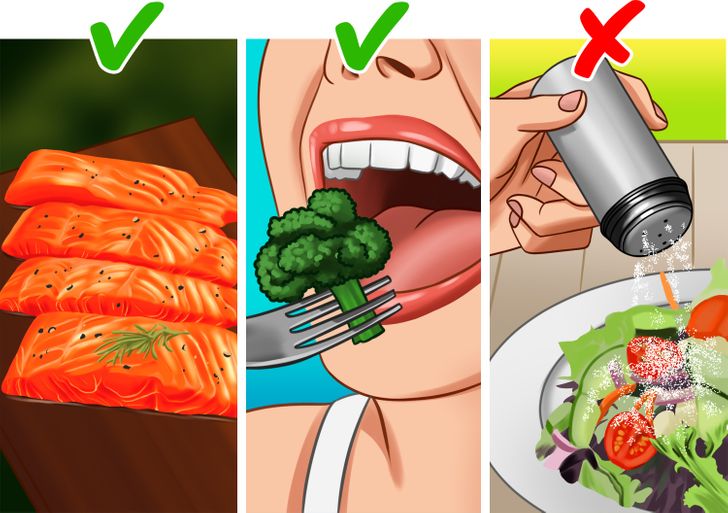
What to do:
- Eat more high-potassium foods — almonds, pistachios, lentils, white beans, potatoes, leafy vegetables, salmon, and tuna.
- Eat more flavonoids — onions, bell peppers, spinach, broccoli, citrus fruits, grapes, cherries, apples, blueberries, cocoa, and garlic.
- Eat less salty foods.
Why it works:
3. Wear compression stockings.
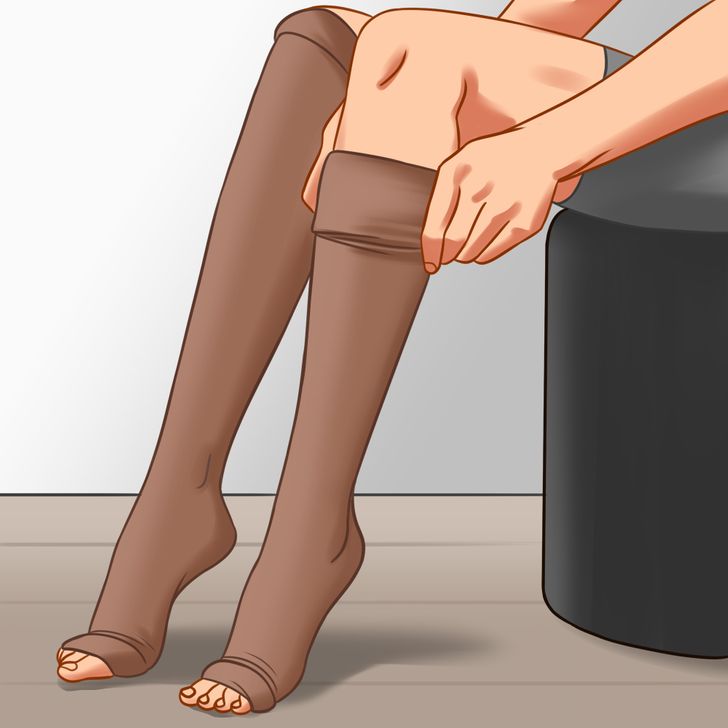
4. Choose your clothes and shoes properly.
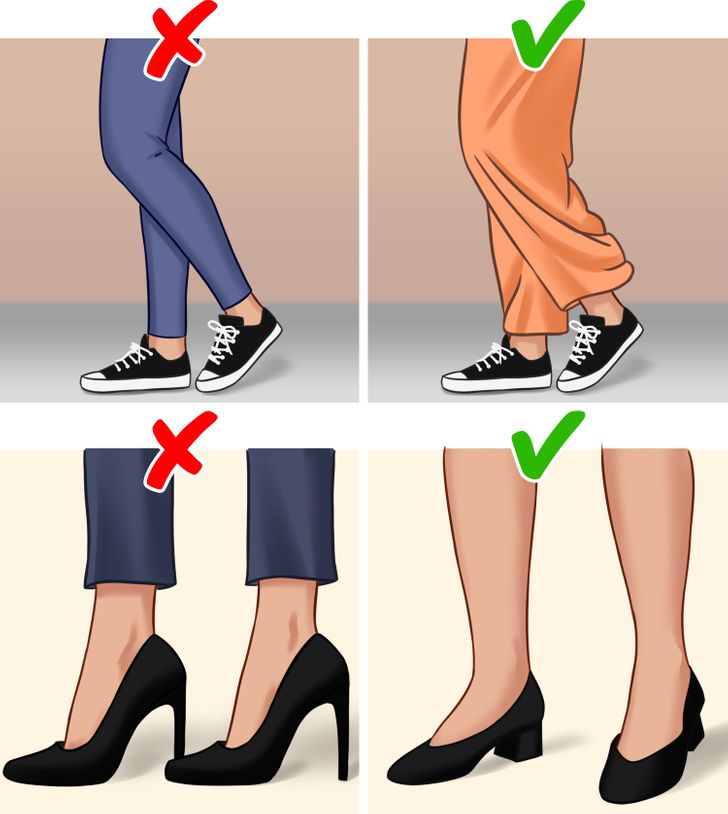
What to do:
- Don’t wear tight clothes around your waist, legs, or groin.
- Avoid high heels. Choose low-heeled shoes instead.
Why it works:
5. Elevate your legs.
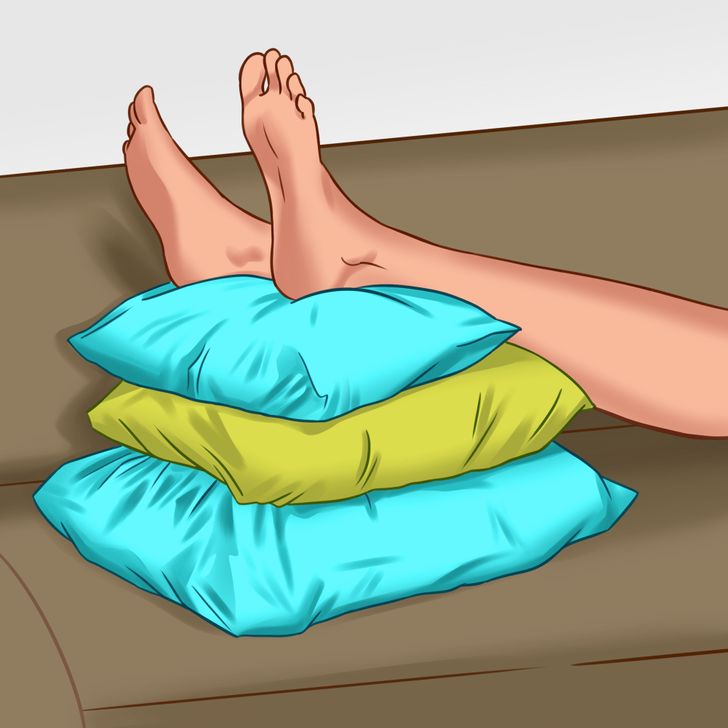
What to do:
- Take at least 3 breaks throughout the day and elevate your legs above the level of your heart for 15 minutes.
- You can lie down with your legs resting on 3-4 pillows or prop them up against the wall.
Why it works:
- Raising your legs reduces the pressure in your veins because gravity helps your blood to flow back from your legs to your heart much easier.
6. Try self-massage.
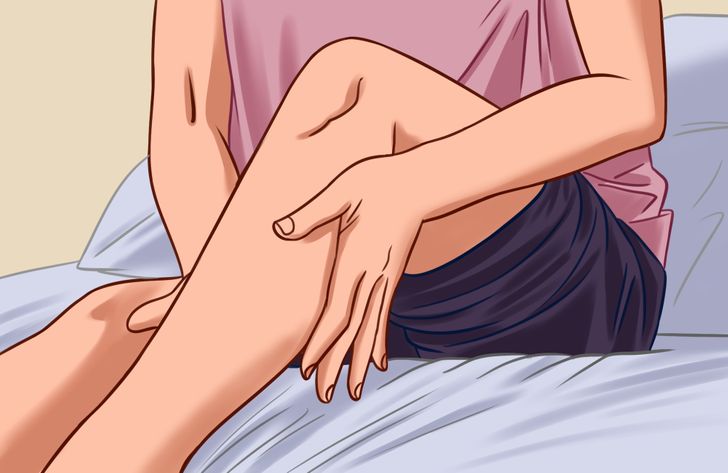
What to do:
- Gently massage your legs using massage oil or moisturizer.
- Avoid pressing directly onto your veins if you don’t want to damage their fragile tissue.
Why it works:
- Massage helps the blood move through your veins more effectively.
7. Choose the proper sitting position.
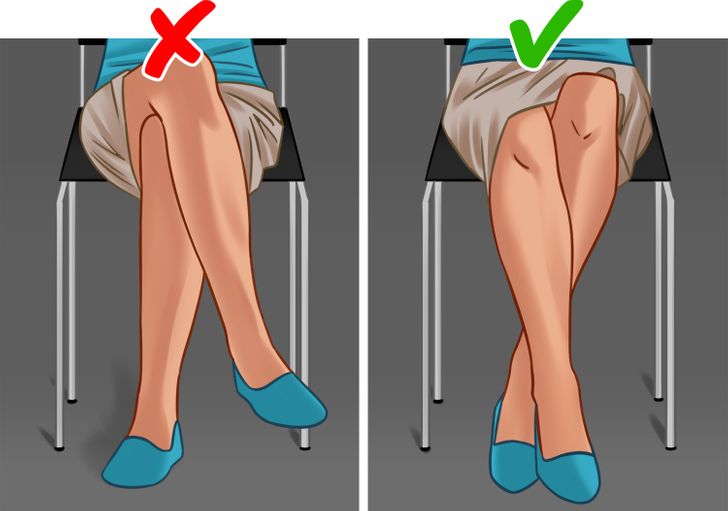
What to do:
- Avoid sitting with your legs crossed at the knees.
- If it’s possible, sit with your feet raised on a pillow.
- If you can’t prop up your feet, place them flat on the floor or cross them at the ankles.
Why it works:
- Sitting with crossed legs puts too much pressure on your veins and restricts the blood flow to them. The proper leg position will, on the contrary, improve the blood flow in your legs.
8. Don’t stand or sit for too long.
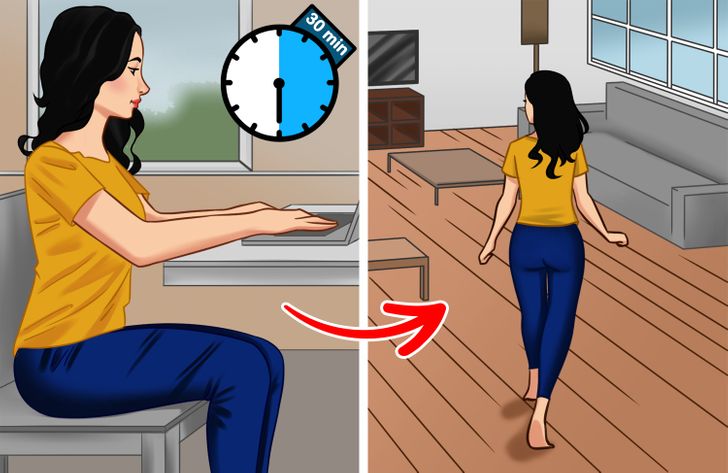
Share This Article